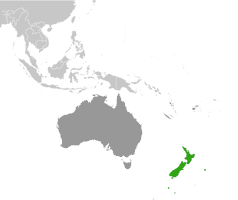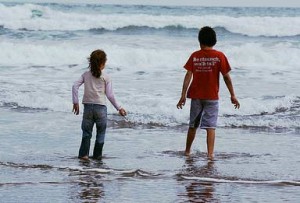Children of New Zealand
Realizing Children’s Rights in New Zealand
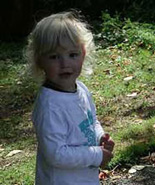
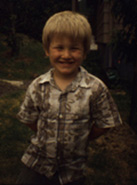
In general, children’s rights in New Zealand are well established. However, this Oceanian country conceals some of its more shady areas concerning children’s rights, especially regarding the status of children within the Maori minority community. Children belonging to such communities suffer from discrimination, as well as abuse, trafficking and abduction.
Population: 4,3 million Life expectancy: 81,1 years |
Main problems faced by children in New Zealand:
In households where the income is 60% less than the country’s average, 20% of children suffer from poverty.
UNICEF studies have revealed that nearly 3 500 children under the age of 15 die each year in the industrial world following physical abuse and negligence.
New Zealand’s child abuse rate is one of the highest in the developed world. For example, the death rate following child abuse is 4 to 6 times higher in New Zealand than in Norway. No longer able to turn a blind eye to the seriousness of the situation, the government invests 2 billion dollars every year in the fight against child abuse.
In New Zealand, many young girls are forced into prostitution. A study conducted by the Prostitution Law Review Committee (PLRC) in April 2004 estimates that approximately 200 minors are forced into prostitution every day.
According to the New Zealand police force, there are approximately 500 Thai women and young girls working in the sex industry in Auckland. In their attempt to break up the people trafficking network, the police face many obstacles, as the victims are often controlled by pimps. Many women are therefore too afraid to come forward and give a statement. This also leads to legal complications.
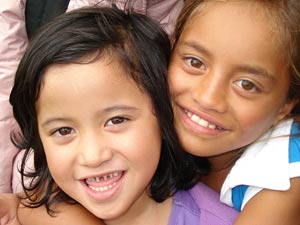 By working with non-governmental organisations (NGOs), the government is attempting to regulate the problem by financing programmes, such as housing schemes and other forms of aid, aimed at helping young girls leave prostitution and reintegrate into society.
By working with non-governmental organisations (NGOs), the government is attempting to regulate the problem by financing programmes, such as housing schemes and other forms of aid, aimed at helping young girls leave prostitution and reintegrate into society.
Child trafficking is more prominent in New Zealand than one would imagine. For the moment, the problem remains manageable. However, the Human Rights Commission recognises that it could become more serious.
More generally, in collaboration with NGOs, the government has implemented an action plan targeting child commercial exploitation. Prostitution is not the only form of exploitation. Men regularly “place their order” for their future bride via trafficking networks. These children lose their autonomy and freedom, and simply become victims of the trafficking system.
The state of children belonging to indigenous populations
Maoris arrived in New Zealand in the 11th century. In 2006, this community represented 14.6% of the country’s population. However, this minority still live on the margins of society and are subject to numerous forms of discrimination, of which children bear the brunt.
Despite the idyllic image people have of New Zealand, in reality this country hides many problems, such as the numerous Maori gangs that sprung up in the wake of radical economic reform. In this context, Maori communities were uprooted and families collapsed, paving the way for violence and poverty.
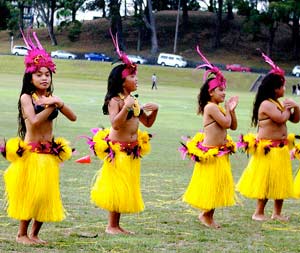 Absent fathers have become commonplace, and they often turn to alcohol, drug abuse and domestic violence. This situation explains the disturbing levels of child abuse in New Zealand, and the rate of infanticide which is one of the largest within the OECD (Organisation for Economic Co-operation and Development).
Absent fathers have become commonplace, and they often turn to alcohol, drug abuse and domestic violence. This situation explains the disturbing levels of child abuse in New Zealand, and the rate of infanticide which is one of the largest within the OECD (Organisation for Economic Co-operation and Development).
Youths take refuge in their gangs which they consider a substitute family of sorts. Gangs give them status and security even though they often lead to a downward spiral commencing with the sale of drugs.
Maori children are clearly discriminated against when it comes to education. The majority do not have access to the normal education system and despite many programmes having been implemented to help this community, the level of education is not sufficient and school dropout rates remain high.
According to New Zealand’s Ministry of Justice, a large number of children are abducted from New Zealand and taken abroad each year (61 cases in 2006). The same year, there were also 31 instances of children being abducted from other countries and brought into New Zealand.
In order to eliminate abduction, New Zealand has implemented a number of preventative measures. Examples of this are the measures put in place to prevent children being removed from New Zealand without consent, as well as a mandate that places a child under protection.
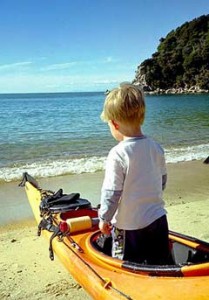
Environment
With 7.8 tonnes of CO2 emissions per person each year, New Zealand ranks relatively well concerning environmental protection. However, in order to respect a child’s right to grow up in a healthy and safe environment, there is always room for the country to improve its ecological footprint and to further reduce the levels of harmful substances.


